|

Agricultural Consulting
Service
Geography of our projects
Publisert:
19.03.2022 | Oppdatert:
24.05.2025
UAN and Liquid Fertilizers in Spring – Risk Reduction and Additional Profit!
Urea-Ammonium Nitrate (UAN) and Liquid Complex
Fertilizers (LFC) in Spring – Risk Reduction and Additional Profits! How to
properly apply UAN and LFC during the growing season?
Dr. Oleksii Orlov,
PhD
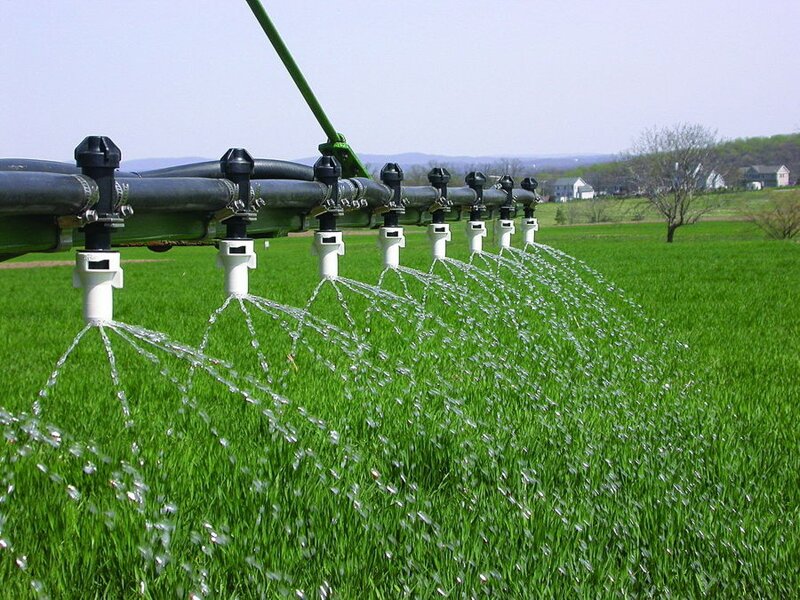
It
is very important to apply fertilizer correctly in the spring - so that you
get the maximum financial return from each kilogram of fertilizer! It is
liquid fertilizers that are better absorbed by plants. In this article, we
will look at the advantages of liquid fertilizers and how to use them
correctly!
----------------------------
On the scale of agricultural
holdings and even medium-sized enterprises, the correct and more efficient
use of fertilizers means hundreds of thousands and millions of dollars of
savings and additional income annually! Proper independent technical audit,
calculations, development of recommendations and a business plan and support
from Agricultural Consulting can help you earn this money!
Contact Agricultural Consulting now!
----------------------------
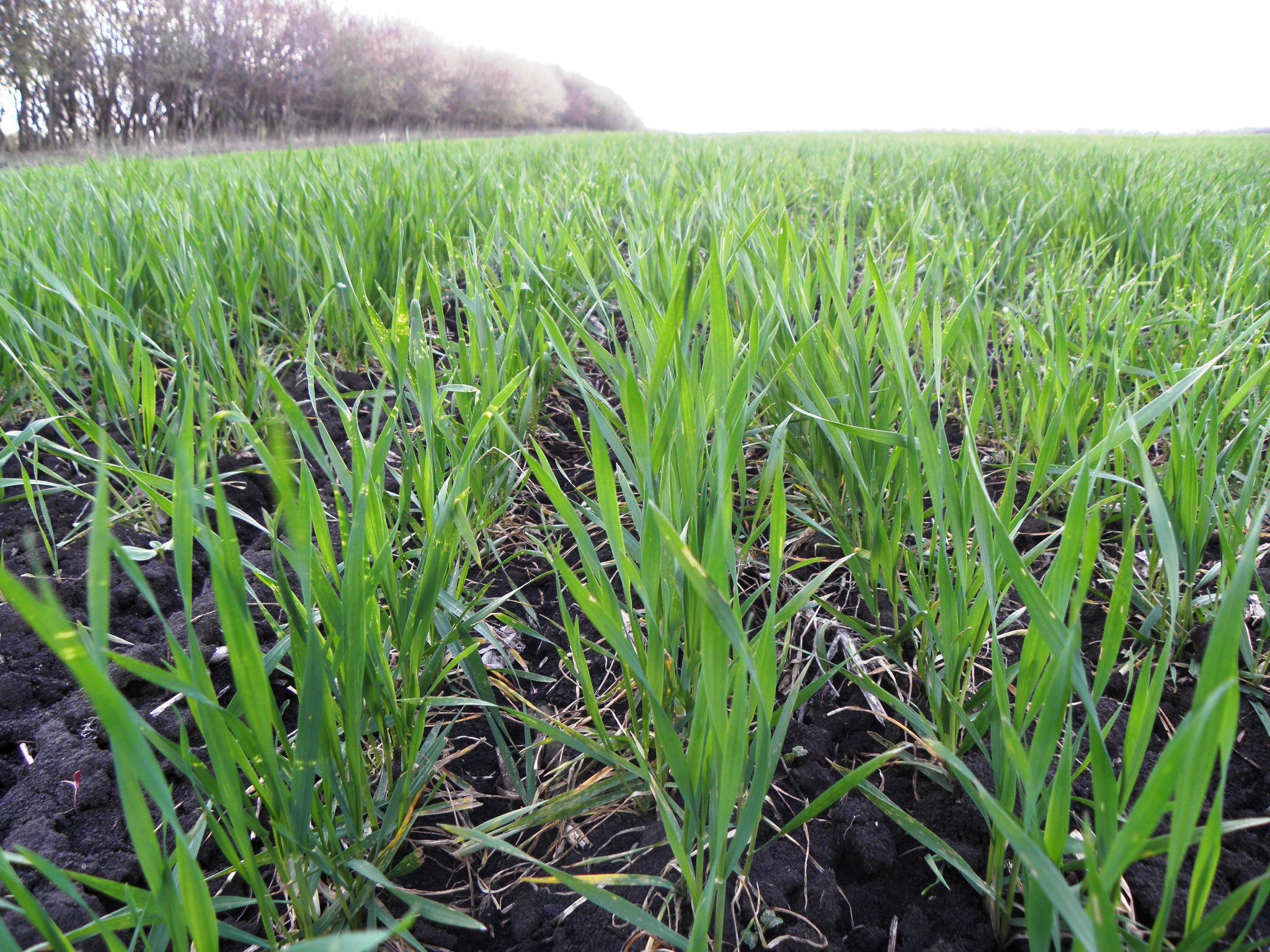
The
modern approach to fertilizing is to apply P and K for tillage or in time of
soil tillage, and N is applied in the spring - for top dressing or side
dressing in soil, since in this case it is liquid fertilizers that will be
most effective!
What range
of liquid fertilizers can be used during the growing season?
The most popular types of
liquid fertilizers are:
-
Liquid
ammonia NH3 (N82) is a very effective fertilizer, but there are
limitations
-
Ammonia water (N18)
-
UAN 32
(N32)
-
UAN 30
(N30)
-
UAN 28
(N28)
-
Liquid
complex fertilizers
LFC
LFC
(N10P34)
LFC
(N9P30)
LFC
(N0P20K23)
LFC
(N5P20K5)
LFC
(N3P18K18)
LFC
(N8P24)
LFC
(N6P16K16)
LFC
(N8P16S4)
Liquid fertilizers can be
applied to any crops:
field crops and rice,
orchards and berry and vineyards,
plantations, irrigation and greenhouses, nurseries, growing tomatoes and
cucumbers and other vegetables, growing nurseries, ornamental crops and
lawns. They are especially effective with precision fertilization and drip
irrigation!
The use of
liquid fertilizers provides a more rational use of fertilizer investments
and yield increase, due to better absorption of nutrients by plants and
reduced risks in dry climates!
What liquid fertilizer can be used in spring tillage or
spring strip-till?
Some fields
are cultivated in the spring, especially fields that have overwintered cover
crops, irrigated fields, and fields where
Strip-Till is used.
In early spring, when tilling and Strip-Till, the following fertilizers are
usually used:
-
Liquid ammonia
-
Liquid complex fertilizers
Liquid complex fertilizers are more accessible and easy to apply, they can
be applied with a conventional sprayer and immediately embedded in the soil.
Liquid complex fertilizers can also be applied simultaneously with
chiselling,
Strip-Till
or other tillage, using a special barrel with a dispenser that is hung on a
tractor.

Photo ©
Dr. Oleksii Orlov
Application of dry fertilizers is not effective if the soil is dry.
In addition, dry fertilizers “draw on themselves” part of the soil moisture.
In the photo - a field of wheat, a week after the
application
of urea by dry soil.
Where there was no moisture, the plants are yellow!
What
liquid fertilizers can be used to feed growing plants in spring and during
the growing season?
In early spring, the
following fertilizers
are most often
used to feed winter crops
(for example, wheat and canola):
-
UAN 32
-
Liquid
complex fertilizers (with a high nitrogen content)
On soils
poor in sulphur, it is very effective to use
LFC
that contain sulfur, for example, LFC (N8P16S4).
Liquid nitrogen-sulphur fertilizers are especially effective for feeding
oilseeds - rapeseed (canola), mustard, sunflower on soils that poor in
sulfur, and these are the majority of sandy soils.
For feeding corn in the
early stages of plants
grow, the following fertilizers are most often used:
-
UAN 32
-
Liquid
ammonia NH3 (for soil feeding of corn up to 12 leaves, and in
this case there are significant regulations and restrictions)
What
liquid fertilizers can be used when sowing spring crops?
When
sowing spring crops, the following liquid fertilizers are usually used:
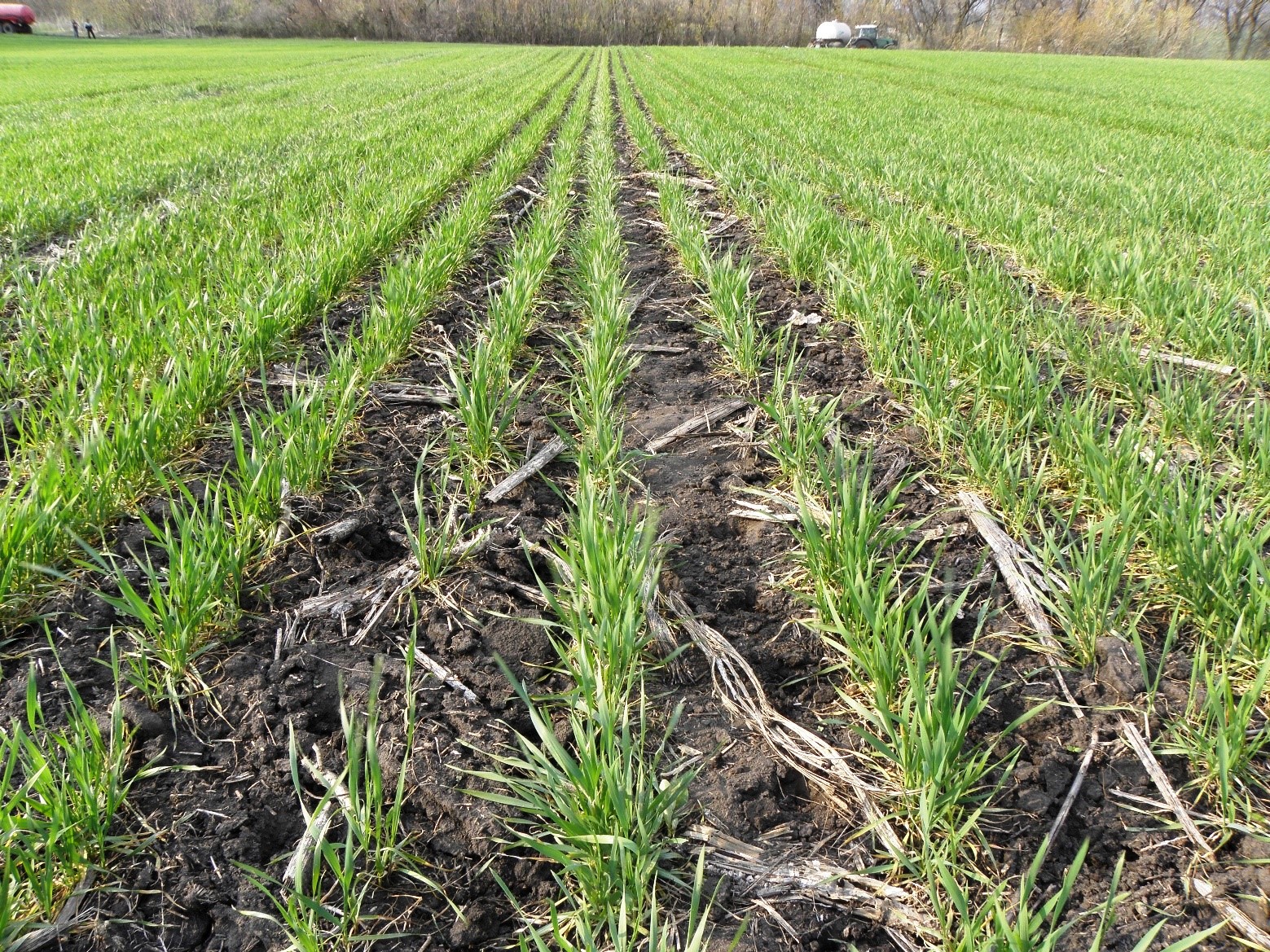
Photo ©
Dr. Oleksii Orlov
If the soil surface is dry, then only
side dressing in soil will be effective. In the photo - a field during soil
fertilization with liquid fertilizers, April 27. This side dressing UAN 32
(300 kg UAN 32, 100 kg ammonium sulfate and water) will enable the wheat to
form a excellent yield even if the soil surface is dry!
What
liquid fertilizers can be used for late dressing during the growing season
of various crops?
For late dressing during
the growing season
the following liquid fertilizers are usually used:
-
UAN 32
-
Liquid
complex fertilizers (with a high nitrogen content)
For feeding corn at the later stages of plants
grow, the following fertilizers are most often used:
If you have drip irrigation and have
fertigation (fertilization with irrigation water), then liquid ammonia is
the most beneficial fertilizer, although this requires special equipment and
safety. But in this case, usually the price of 1 kg of the active substance
of nitrogen (N) will be the
lowest!
If leaf diagnostics
shows a lack of any nutrient, then you need to give a fertilizer that
contains it as for dressing. And add this nutrition element or some elements
in tank mix.
If you have a
fertigation system, then you can apply a wide variety of liquid fertilizers,
both fertilizers and
liquid complex fertilizers!
If you're spraying,
don't mix fertilizers and herbicides, fertilizers and surfactants in the
same tank mix! This can lead to burns of plants and to the death of the
crop!
What are
the advantages and features of the use of
UAN?
Urea-Ammonium Nitrate (UAN)
is the only nitrogen fertilizer that contains all forms of nitrogen:
-
Fraction of NO3-
(25% of total N) is immediately available for uptake by plants
-
The NH4+ fraction
(25% of total nitrogen) can also be taken up directly by most plants,
but is rapidly oxidized by soil bacteria to form of NO3-
-
The remainder of the
urea
(50% of total nitrogen) is hydrolyzed by soil enzymes to form NH4+,
which is subsequently converted to NO3- under most soil conditions.
UAN
solutions are extremely versatile as a source of plant nutrition. Due to its
chemical properties, UAN is compatible with many other nutrients and
agricultural chemicals and is often mixed. UAN possible to mix with
solutions containing phosphorus, potassium and other essential plant
nutrients. Liquid fertilizers can be mixed to exactly meet specific needs,
depending on the soil or crop and crop yield level.
UAN
solutions are usually applied to the soil below its surface, sprayed on to
the soil surface, applied as a strip to the surface, added to irrigation
water, or sprayed to the leaves of plants for foliar feeding. However, UAN
can damage foliage when sprayed directly on some plants, so UAN may need to
be diluted with water.
Thus, UAN
provides not only rapid assimilation of nitrogen immediately after its
application, but also prolonged plant nutrition with nitrogen.
This is very important in dry climates, when the surface of the soil dries
quickly and the opportunity to re-apply may no longer be possible. At a
temperature of about 20°C, the prolongation is about a week, at 10°C - about
two weeks (depending on other conditions).
UAN should
be applied so that the fertilizer dissolves in soil moisture. Only in this
case nitrogen will be available to plants.
The application rate of UAN
32
ranges from 100 to 300 l/ha, depending on the application method. When
spraying already vegetative plants, the rates should be minimal, with soil
side dressing, maximum rates can be used.
On
winter canola (rapeseed),
the doses of UAN in the early spring dressing are usually 200-250 kg/ha
(adding sulfur in the form of ammonium sulfate is effective).
On
winter wheat,
two top dressings are usually used: the 1st - in early spring, 100 kg / ha,
the second during the booting period - 150 kg / ha, if there is a
possibility of side dressing in soil, application according to the flag leaf
can also be used.
The total
nitrogen rate for wheat for a yield of 7-8 t/ha is 170-190 kg N/ha, for a
yield of 10 t/ha it is at least 200-250 kg/ha (depending of conditions).
With a
large single dose, severe burns of plants can be caused, and a strong
decrease in yield! It is necessary to apply liquid fertilizers by several
times and correctly when planning high yields and high nutrient application
rates!
What
methods are used to fertilize with liquid fertilizers?
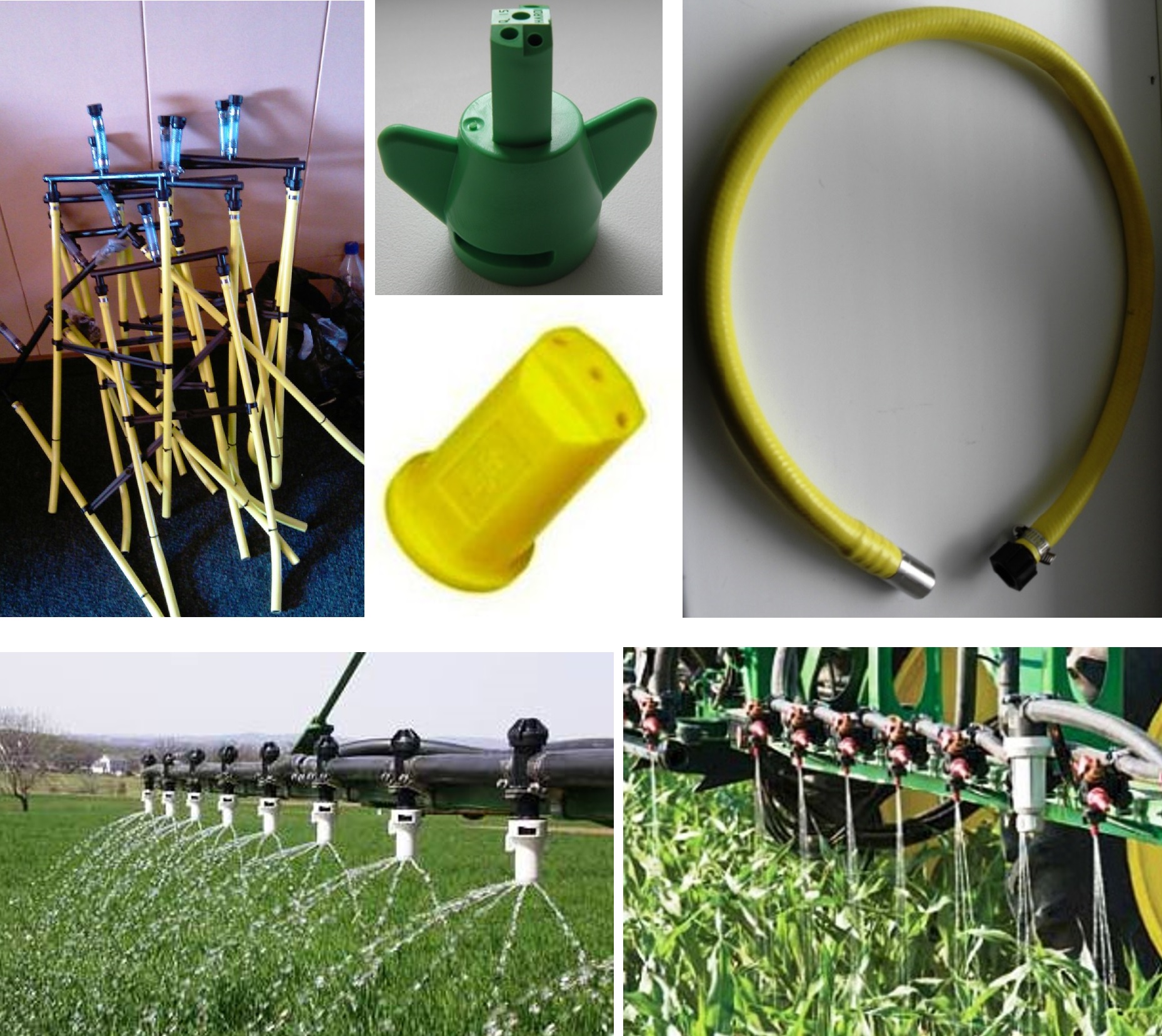
UAN is most often applied using a
sprayer. It is better to use special hoses and special large-drop nozzles.
But hoses give the best effect, because in this case UAN solution goes
directly on soil surface near the root zone
The
most common liquid fertilizers are applied by the following methods:
-
Surface application
(top dressing) by a sprayer with
special large-drop
nozzles
(the most simple and common method)
-
Surface application
(top dressing) by sprayer with
hoses
/
tubes
-
Surface application
(top dressing) with special y-drop tubes
-
Side dressing (soil
application) with "syringes" / special injector applicator
-
Side dressing (soil
application) by traditional disk applicator (the most common and
effective method for corn and others row crops)
-
Side dressing (soil
application) by a cultivator - plant-feeder
-
Side dressing (soil
application) by a modern cultivator for precise mechanical weeds control
-
Late side dressing
(soil application) in tall crops with Nitrogen Toolbar applicators and
self-propelled sprayers
-
Fertigation by drip
irrigation
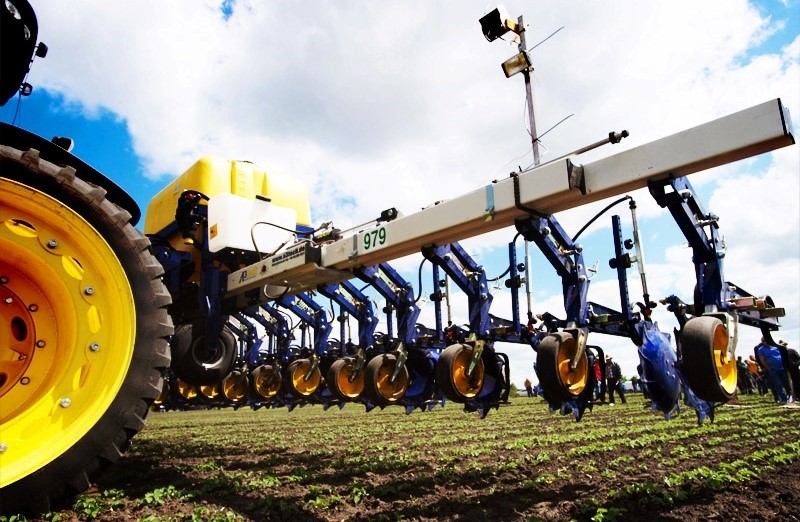
Modern inter-row
cultivator with liquid fertilizer barrel
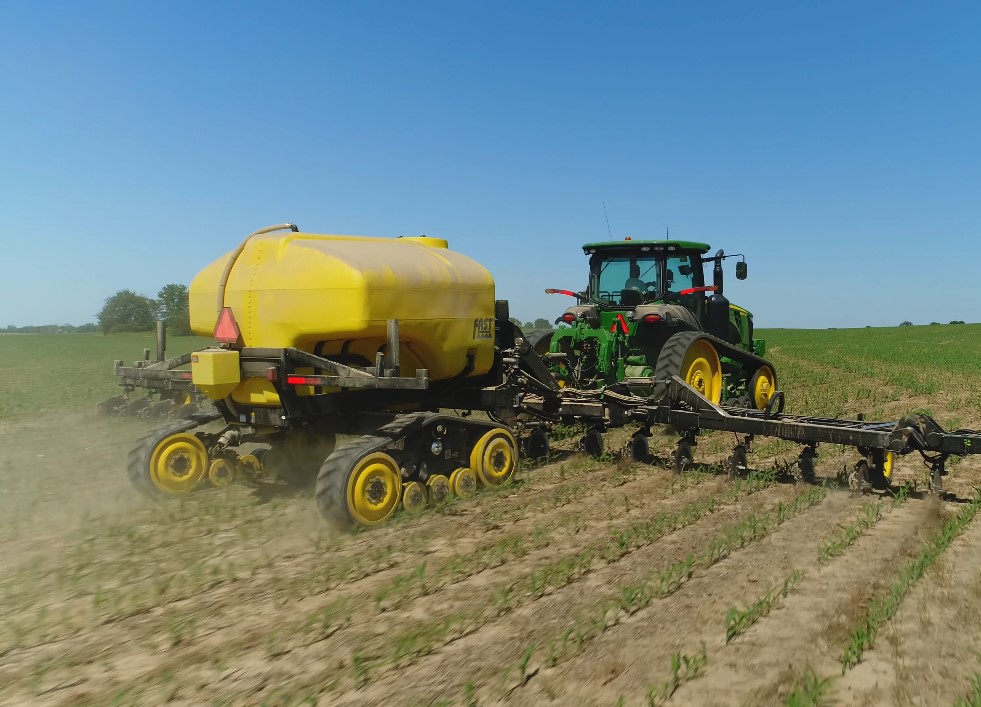
Side-dressing with liquid fertilizers with a modern applicator using a
constant CTF tramline is one of the most effective methods of applying
liquid fertilizers. At photo:
Poynter Family Farms side dressing corn with 28 nitrogen fertilizer located
in midwest Indiana! We are using a Fast 8224 with a John Deere 8360RT
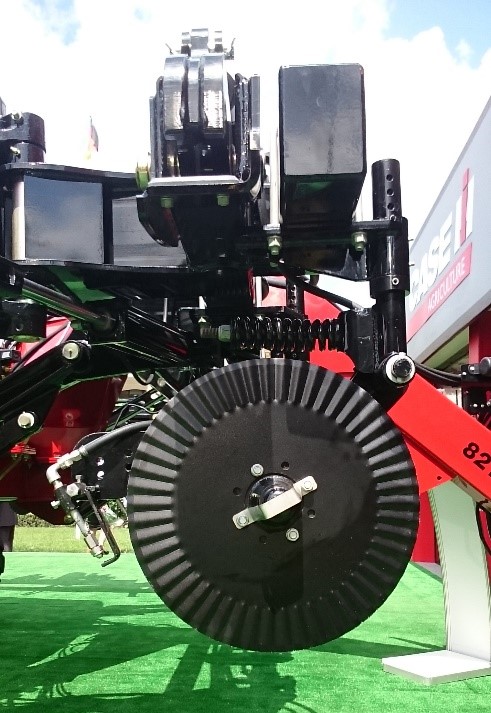
Photo ©
Dr. Oleksii Orlov
The device
of the disk applicator for
side-dressing
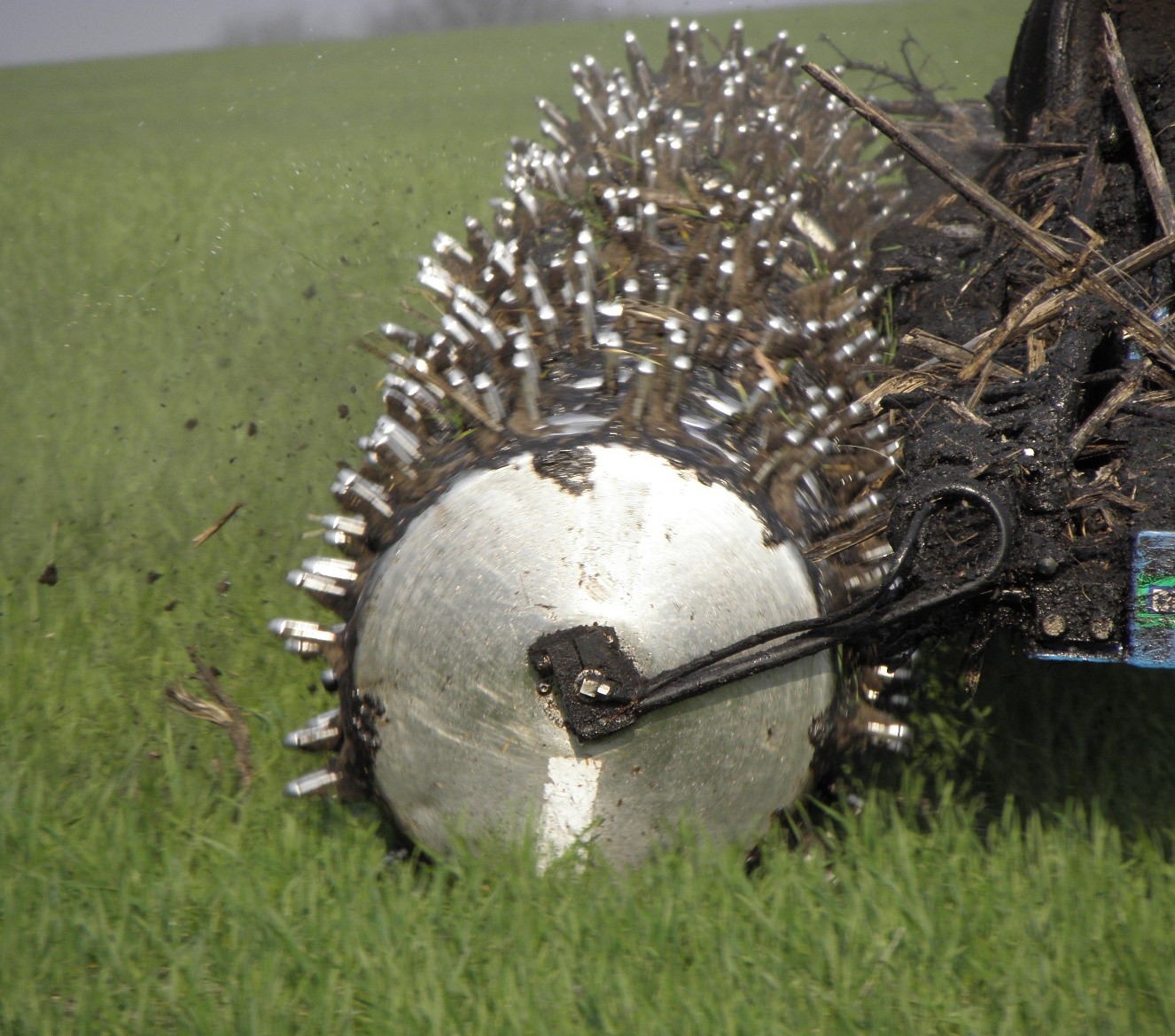
One of the most common and effective
methods is the application / injection of liquid fertilizers with “syringes”
- this is special injectors. This side-dressing is effective for grain
crops. But by this methods some part of fertilizers will be on soil surface!
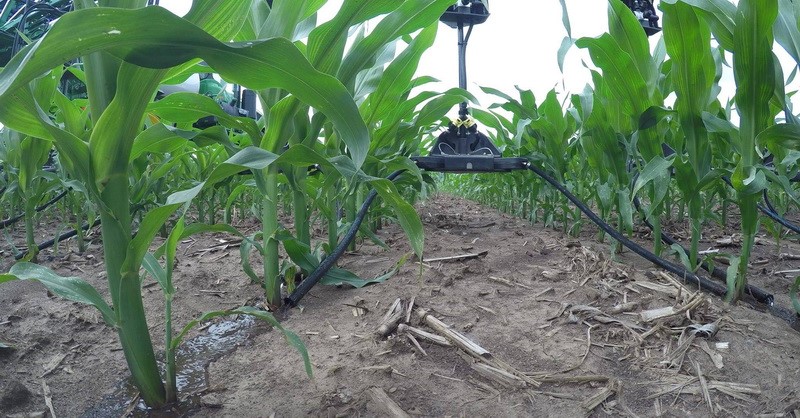
Photo
360
Y-DROP
The use of tubes
/
hoses greatly
improves the efficiency of liquid fertilizer application and reduces leaf
and plant burns. When using hoses and special y-drop tubes (pictured), it
should be borne in mind that despite the fact that these are liquid
fertilizers, they still pour on to the surface of the soil and moisture is
needed for them to be absorbed by the roots
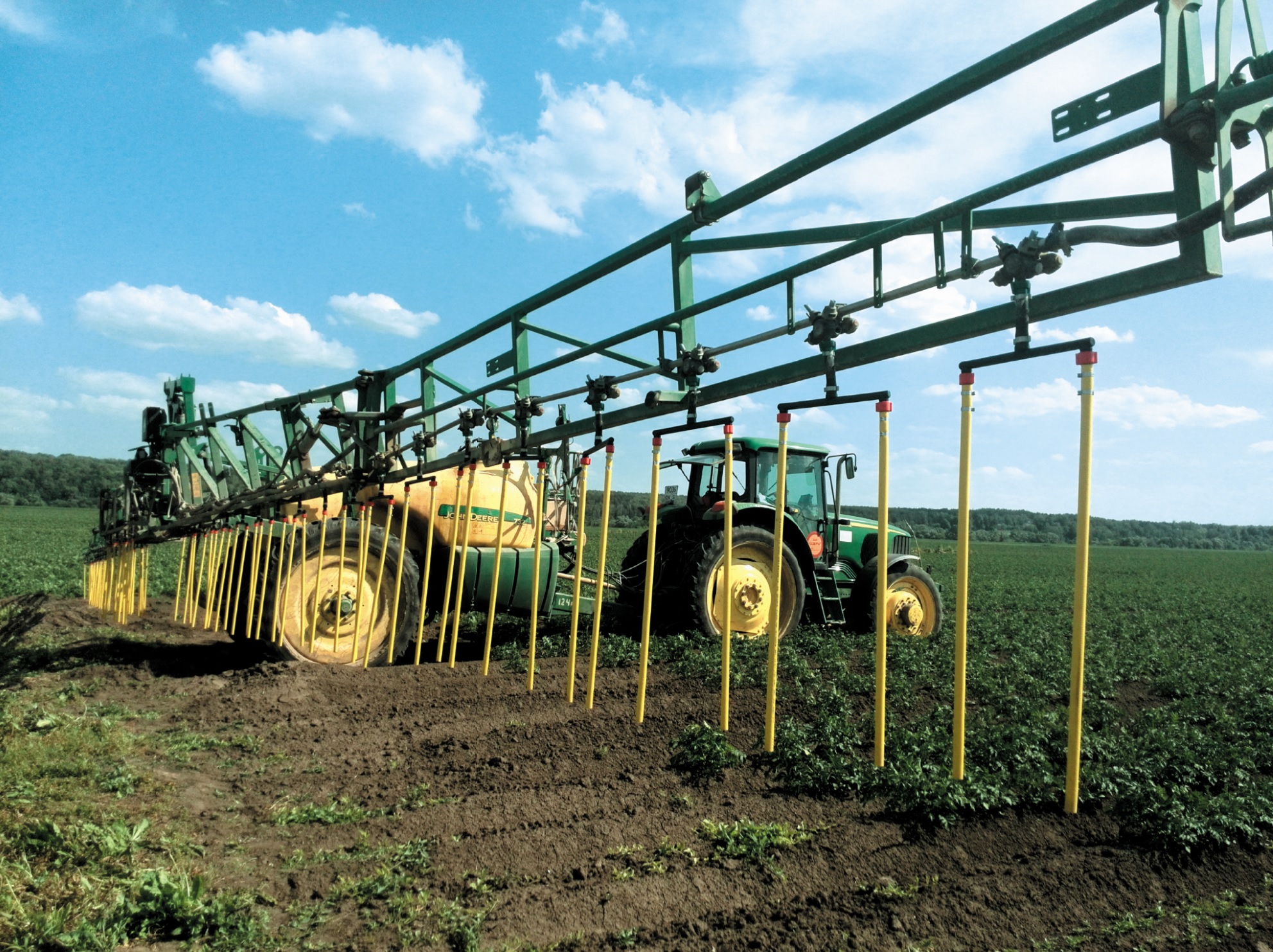
Application of UAN with tubes / hoses
using a sprayer
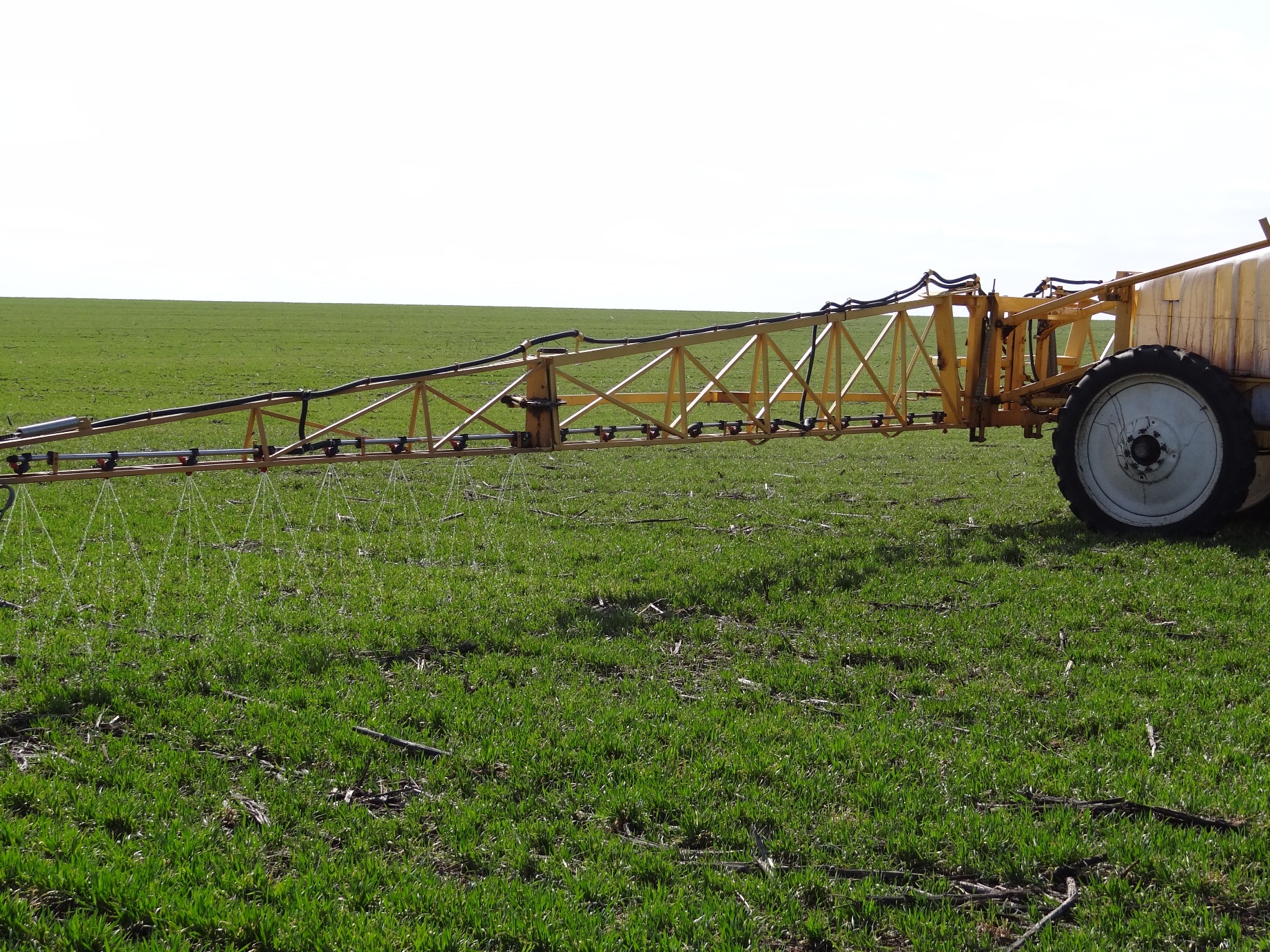
Photo ©
Dr. Oleksii Orlov
Applying UAN with a trailed sprayer
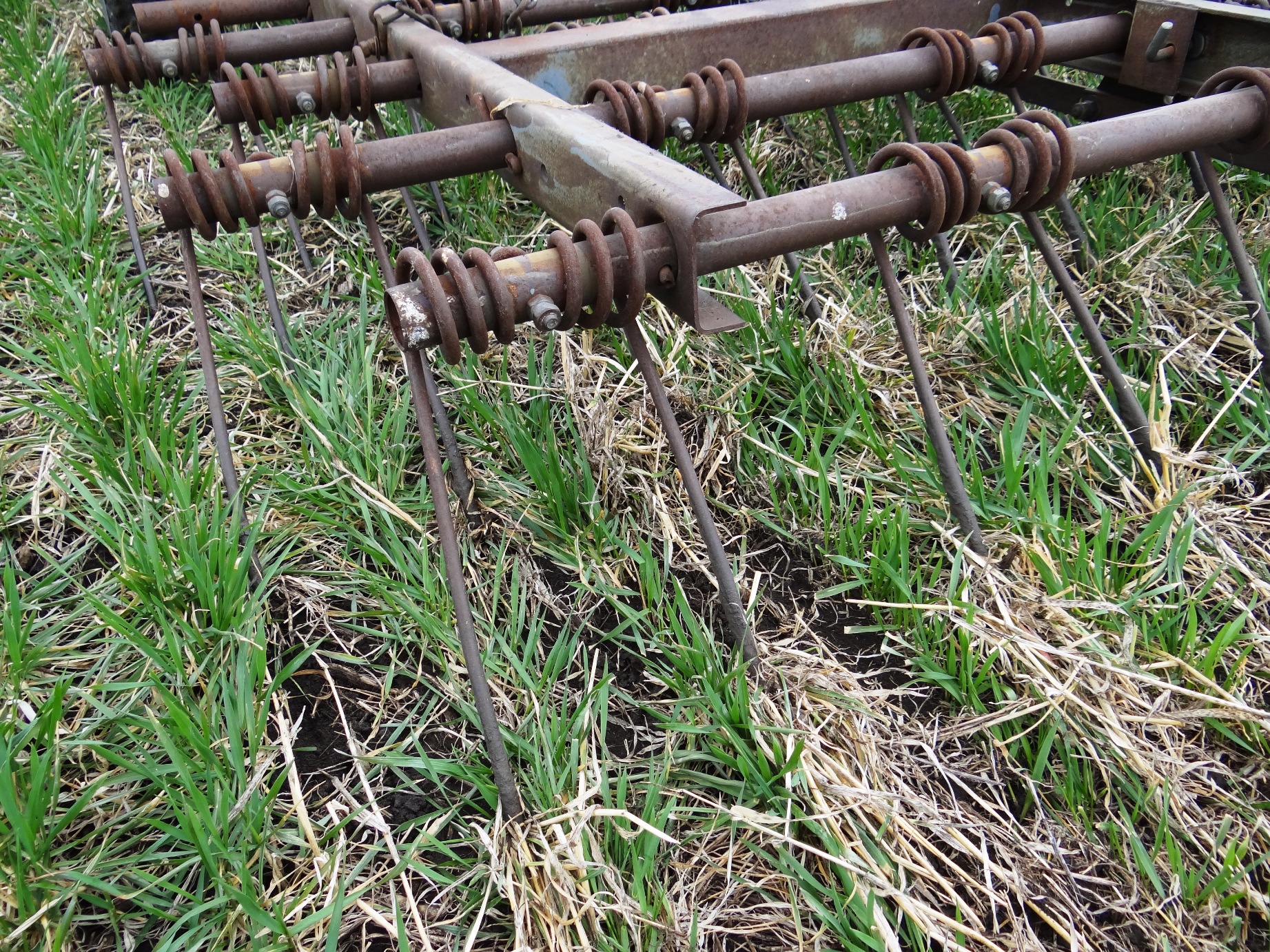
Photo ©
Dr. Oleksii Orlov
When the soil
surface is dry (1-2 cm of dry soil on the surface), a good effect is the use
of a spring harrow before applying UAN to ensure that UAN enters moist soil
and the soil surface will be cleared of dead leaves after winter
When
liquid fertilizers will be especially effective?
There
are several cases where liquid fertilizers will provide the highest return
of investments and provide much higher returns than dry fertilizers:
-
Early spring top dressing of UAN for
winter wheat and rapeseed in dry conditions, when only one application
of fertilizer can be done in still wet soil. In this case, the advantage
lies in the combination of immediate and prolonged action of UAN.
Saltpeter from UAN will provide immediate and fast action, and urea will
provide prolonged action! The increase in yield from the use of
UAN, in this case, can be very significant!
-
Sowing spring crops with liquid complex fertilizers containing
phosphorus and nitrogen in a row /
near row. Liquid fertilizers in this case
provide an additional increase in yield due to better absorption of
phosphorus and better development of the root system - this ensures more
friendly seedlings and a faster start of growth and development of
crops. Compared to dry fertilizers, FCS have a higher potential for
phosphate migration in the soil: orthophosphates (AP) - about 1 cm,
polyphosphates (APP) - about 7-15 cm
-
Side Dressing (soil application).
Application of liquid fertilizers with a special applicator for
wheat along the flag leaf or at the end of tillering, and side dressing
of corn or sunflower, as well as other crops.

When applying liquid fertilizers with
a sprayer, they can be applied evenly and without overlaps and gaps
(pictured), which is difficult to achieve using a simple top dress spreader
("watering can"). The photo shows a yellow stripe on a field with wheat -
this is the place where nitrogen fertilizers did not get by top dress spread

In the photo - adjustment of a
self-propelled sprayer for the top dress application of UAN in order to feed
winter wheat during the spring start of vegetation
What are
the advantages of liquid fertilizers, including complex
liquid fertilizers
(LFC)?
The main advantages of
using liquid fertilizers:
-
It is
very important that compared to foliar fertilizers, liquid fertilizers
that are absorbed through the roots have a much higher efficiency and
give a much greater increase in yield! The fertilizer application system
must be planned so that 95% of the nutrients are absorbed by the roots
of the plants! The exception is the poor absorption of some nutrition
elements through the roots on acidic soils, for example, the application
of molybdenum into the soil, on acidic soils is ineffective
-
When
making UAN or LFC, you can additionally add any soluble nutrients to the
solution, for example, trace elements that are lacking in the soil and
which are very necessary for plants
-
When
applied simultaneously with sowing and in case of dressing, as well as
during fertigation, nutrients, insecticides and growth stimulants,
biological fertilizers, etc. can be dissolved
-
With
early feeding of winter crops and when sowing with in a row application
of liqid fertilisers, a faster and more friendly start of growth and
development of seedlings is ensured, due to the presence of phosphates
and nitrogen available to plants, which is very important for the rapid
development of crops in spring, especially in conditions of spring
drought
-
Unlike
dry fertilizers, liquid fertilizers require much less moisture for
dissolution and assimilation by the roots, dissolve better in the soil
and do not “pull moisture onto themselves”, which happens when urea is
applied. This effect is especially strong in the case of soil top
dressing with liquid fertilizers and when sowing in dry conditions
-
Dew or
pre-watering when there are drops of water on the leaves reduces burns
from applying liquid fertilizers. And when applying dry fertilizers - in
the presence of drops, leaf burns intensify
-
Liquid
fertilizers, especially in case of side-dressing (soil application), are
better absorbed by plants - the absorption rate can be up to 90%,
compared to dry fertilizers that spreaded by soil surface, which are may
be absorbed by 30-80% (depends from conditions). This is very important
now, in time of the highest price of fertilizers, since the financial
losses due to inefficient use of fertilizers can be very significant!
-
One of
the most important advantages of liquid fertilizer is that liquid
fertilizer can be applied by sprayer without the need for additional
machines, as well as simplification of application, logistics as well as
more even distribution across the field!
==============
==============
Contact us for
creation, development and support of projects and creation of a business turnkey
Disclaimer
© Agricultural Consulting
Service. Technical audit of agribusiness. Agricultural business projects and
agricultural companies turnkey. Consulting services for agriculture,
aquaculture, natural resources, environment, safe energy in industry and
home construction. Increasing the
profitability of business, obtaining additional profits
|












